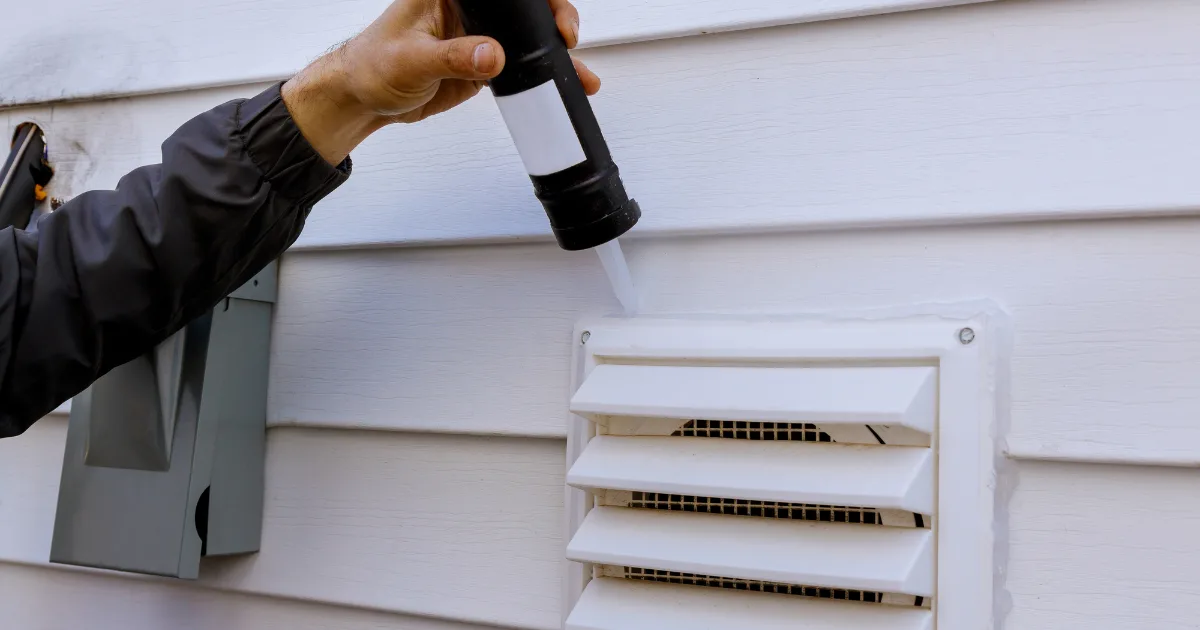Where to Find Reliable Dryer Vent Cover Replacement Near You
Looking for reliable Dryer Vent Cover Replacement near you? Learn about key features, safety tips, costs, and emergency services to protect your home.

If you’ve ever noticed lint piling up around your vent or felt a chilly draft sneaking back into your laundry room, it might be time for a Dryer Vent Cover Replacement. This small but mighty piece of equipment protects your home from pests, blocks unwanted outside air, and keeps your dryer running efficiently. And when it wears out, finding a reliable replacement near you becomes more important than most people realize.
Key Features: What Makes a Good Dryer Vent Cover
Not all dryer vent covers are made the same. Some are cheap and flimsy, while others are sturdy enough to last for years. When you’re shopping for a replacement or hiring someone to install one, here are the main things you should keep in mind:
- Material Quality. Plastic covers can crack in harsh weather, while metal ones tend to hold up longer.
- Design. Flap-style covers are common, but pest-proof designs with screens or guards might be better if you’ve battled critters before.
- Ease of Cleaning. A cover should allow easy access for lint removal. If it’s a nightmare to open, you’ll be tempted to skip maintenance.
- Compatibility. Not all covers fit every dryer vent size. Always double-check measurements before buying.
Here’s a quick side-by-side to make it easier:
| Feature | Why It Matters | What to Ask or Check |
|---|---|---|
| Material | Impacts durability against weather | “Is this metal or plastic?” |
| Design | Prevents animals, debris, and backflow | “Does this have a pest guard?” |
| Cleaning Ease | Helps with regular maintenance | “Can I easily remove lint?” |
| Compatibility | Ensures proper fit with your dryer vent | “What vent size does this fit?” |
Safety: More Than Just a Cover
A lot of people think the vent cover is just cosmetic—something to hide the hole on the outside wall. In reality, it plays a big role in keeping your home safe.
A damaged or missing vent cover can cause:
- Lint buildup. That fluffy stuff is highly flammable if it gets trapped.
- Backdrafts. Cold air, moisture, and even carbon monoxide (if you have a gas dryer) can sneak back in.
- Unwanted guests. Birds, squirrels, and even insects love an open dryer vent.
A professional once told me something that stuck:
“A broken dryer vent cover is like leaving your back door open—you never know what might come in.”
So replacing it isn’t just about efficiency, it’s about keeping your home safe and sealed.
Cost: How Much Should You Expect to Pay?
The good news is, dryer vent cover replacement doesn’t usually break the bank. Costs depend on a few things:
- Type of cover. A simple plastic flap cover might only be $15–$20, while heavy-duty or pest-proof options can run $40–$60.
- DIY vs. professional install. If you’re handy, you can replace it yourself for the cost of the cover. If you hire someone, labor might add $75–$150 depending on your area.
- Urgency. If you need it done right away (say, in the middle of winter), emergency services can raise the price.
Think of it as a small investment for a big payoff—better dryer efficiency, lower fire risk, and no critters moving into your laundry vent.
Emergency Service: When You Can’t Wait
Most of the time, dryer vent cover replacement is something you can schedule when it’s convenient. But there are times when it can’t wait. Maybe your vent cover broke off right before a rainstorm, or you discovered a bird has already started building a nest inside.
In these cases, finding a service near you that offers emergency replacement is a game-changer. Here’s what to look for:
- 24/7 availability. Even if you don’t need it at midnight, knowing they’re available adds peace of mind.
- Same-day appointments. Especially useful if your dryer is in heavy use.
- Transparent pricing. Emergency shouldn’t mean outrageous surprise fees.
If you rely on your dryer every day, having a trusted local technician in your contacts can save a lot of stress when things suddenly go wrong
FAQs About Dryer Vent Cover Replacement
Q: How often should I replace my dryer vent cover? On average, every 5–7 years, but it depends on weather conditions and material quality.
Q: Can I replace it myself? Yes, if you’re comfortable with basic tools and a ladder. Just make sure the new cover fits properly and seals tightly.
Q: What’s the best type of cover? Metal covers with pest guards are the most durable, but plastic ones are budget-friendly and easier to install.
Q: What happens if I ignore a broken cover? Expect lint buildup, higher energy bills, possible pest infestations, and even fire risk.
Q: Do all professionals handle dryer vent covers? Not necessarily. Some HVAC companies or home maintenance services do, but it’s worth asking before you book.
Wrapping It Up
A dryer vent cover might look like a small detail, but it’s one of those details that makes a huge difference in safety, comfort, and efficiency. If yours is cracked, missing, or just looking worse for wear, scheduling a Dryer Vent Cover Replacement is a smart move.
By paying attention to key features, keeping safety in mind, weighing the costs, and knowing who to call in an emergency, you can make the whole process simple and stress-free.
At the end of the day, it’s not just about keeping lint under control—it’s about protecting your home. And that peace of mind is worth way more than the price of a little cover.
Read More: Compton Dryer Vent Cleaning